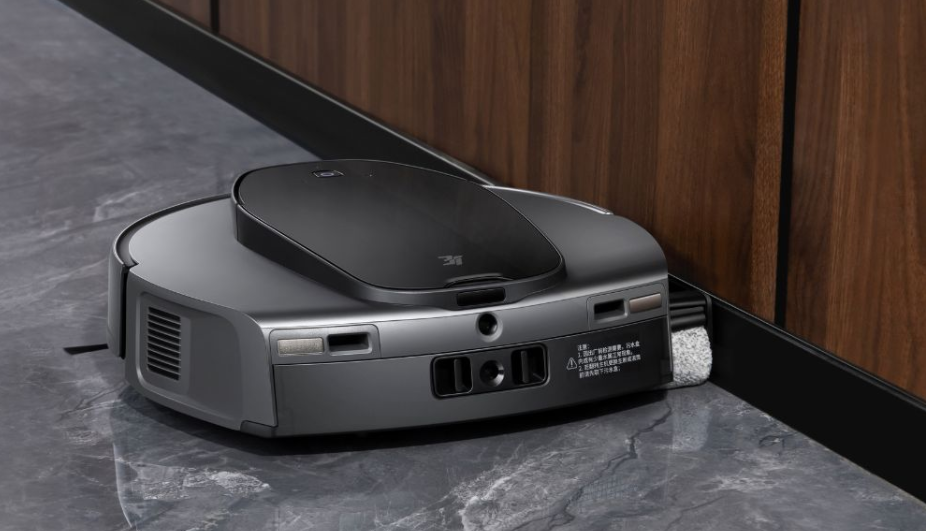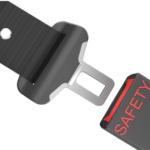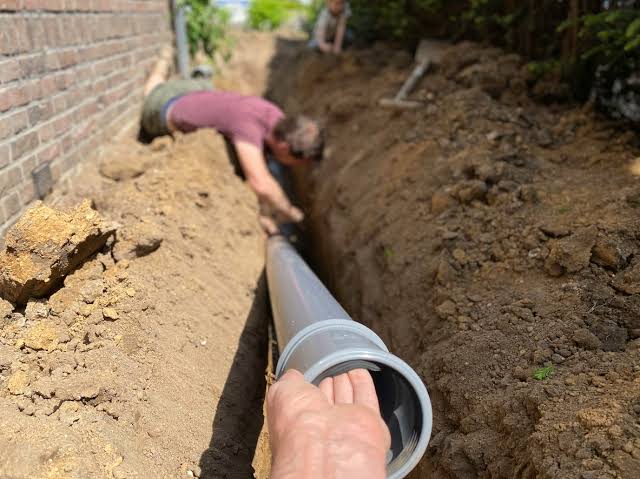Energy efficiency is an important factor when choosing cleaning appliances. Robot vacuum cleaners have gained popularity for their convenience and smart features, but how do they compare to traditional vacuums in terms of energy use? Let’s explore the differences to help you decide which is better for your home and the environment.
How do Robot Vacuum Cleaners work?
Robot vacuum cleaners are designed to automate the cleaning process, making them a convenient and efficient choice for daily use. Equipped with advanced sensors and smart navigation systems, these devices map your home and calculate the most efficient cleaning paths. Unlike traditional vacuums, which rely on manual operation, robot vacuums work autonomously and only consume the energy required for a specific task.
For example, a quiet robot vacuum cleaner not only operates at reduced noise levels but also uses optimized power settings to clean efficiently without wasting electricity. Many robot vacuums also include eco-friendly features, such as adaptive suction power, which adjusts based on the type of flooring or the amount of dirt detected.
Energy Consumption of Traditional Vacuum Cleaners
Traditional vacuum cleaners are known for their powerful motors, which often range between 1,000 and 2,000 watts. While this power makes them effective for deep cleaning, it also means they consume a significant amount of energy during each use. If you vacuum for an hour with a traditional model, you might be using 1 to 2 kilowatt-hours (kWh) of electricity, depending on the vacuum’s wattage.
Additionally, traditional vacuums are not as precise when it comes to cleaning. Without smart navigation, you may end up cleaning the same spot multiple times, leading to unnecessary energy usage. While they excel in deep cleaning tasks, traditional vacuums often lack the energy-saving features found in robot vacuums.
Comparing Energy Efficiency
When comparing robot vacuums and traditional vacuums, several factors highlight why robot vacuums are often more energy efficient:
- Power Usage: Robot vacuums typically consume 30 to 100 watts per hour during operation, significantly less than the 1,000-2,000 watts consumed by traditional vacuums. Even if a robot vacuum cleans more frequently, the total energy usage over time is still much lower.
- Smart Navigation: Robot vacuums use mapping and obstacle-detection technologies to ensure they clean only where needed. This targeted approach eliminates redundant passes and saves energy. A quiet robot vacuum cleaner designed for efficient cleaning can further reduce power consumption.
- Charging Efficiency: Robot vacuums use rechargeable batteries, and most models return to their docking stations automatically when the battery is low. Advanced lithium-ion batteries not only charge quickly but also retain energy better, minimizing overall power draw.
- Cleaning Frequency: While robot vacuums clean more often, they focus on maintaining cleanliness rather than performing intense cleaning sessions. This reduces the need for occasional high-energy deep cleans, which traditional vacuums typically require.
Other Factors That Influence Efficiency
While robot vacuums consume less energy overall, it’s important to consider a few additional factors that affect their efficiency:
- Battery Life and Charging Cycles: A robot vacuum’s energy efficiency depends on its battery quality. High-end models with durable batteries last longer and require fewer charging cycles, further reducing energy consumption.
- Vacuum Cleaner Parts Maintenance: To maintain optimal energy efficiency, you need to clean and replace vacuum cleaner parts like brushes, filters, and wheels regularly. Clogged or worn-out parts can make the vacuum work harder, increasing energy use.
- Cleaning Effectiveness: Robot vacuums are ideal for daily maintenance cleaning, but for heavily soiled carpets or deep stains, you may still need a traditional vacuum and carpet cleaner to achieve better results.
Environmental Impact
Robot vacuums offer additional environmental benefits beyond energy savings. Their ability to clean frequently and consistently reduces the need for harsh chemical cleaners, especially on hard floors. With HEPA filters available in many models, they also improve indoor air quality by trapping allergens and fine dust particles, contributing to a healthier home environment.
In terms of noise pollution, quiet robot vacuum cleaners operate at much lower decibel levels compared to traditional vacuums, making them more environmentally friendly and suitable for homes with pets, children, or individuals sensitive to loud noises.
Are Robot Vacuums Always the Better Choice?
While robot vacuums are generally more energy efficient, they’re not always the perfect solution for every home. Here’s when robot vacuums shine and when traditional vacuums may still be necessary:
When Robot Vacuums Are Ideal:
For small to medium-sized homes or apartments.
For homes with hard floors or low-pile carpets.
For those looking for daily, hands-free cleaning with minimal energy consumption.
When Traditional Vacuums Are Necessary:
For deep cleaning sessions on high-pile carpets or heavily soiled areas.
For larger homes where robot vacuums might struggle to cover all areas in one session.
For tackling specific tasks like upholstery or stairs, traditional vacuums with specialized vacuum cleaner parts might perform better.
Conclusion
Robot vacuums excel in energy efficiency, using less power while delivering consistent cleaning performance. Though traditional vacuums may be better for deep cleaning, robot vacuums are ideal for daily maintenance with minimal effort. Choosing a quiet robot vacuum cleaner ensures convenience, efficiency, and a cleaner future for your home.





